Wild Things: Life as We Know It
Great white sharks, endangered frogs and more
It's not Easy Being Green (or Orange)
Of 6,300 known amphibian species, one-third are vulnerable, endangered or critically endangered, say scientists in California. Tropical countries have the most amphibians and the most threatened species. The culprits? Habitat loss, global warming and the fungal disease chytridiomycosis.
A Change in Strategy
Milkweed plants defend themselves against caterpillars and other predators with toxins, spiky leaves and sticky latex. But a Cornell and Portland State University study of 38 milkweed species shows that the newest ones rely more on a different survival strategy: they regrow quickly after being damaged. Apparently resistance to predators is (relatively) futile.
The Baddest Bite
Australian-led researchers have found that a great white shark clamps down with a force of 2 tons. The most powerful bite known of any animal alive, that's 3 times the force of a lion and 23 times that of a person—though just a nip compared with the 12- to 20-ton bite of the extinct megalodon shark.
Long-Tailed Tipplers
Pen-tailed tree shrews and at least six other small mammals in Malaysia imbibe naturally fermented bertam palm flower nectar, which is up to 3.8 percent alcohol, like beer. The animals are the only ones (aside from humans) known to drink regularly, say the researchers, from Germany and elsewhere, who saw no "motor incoordination or other behavioral signs of inebriation." The animals appear to have a high alcohol tolerance.
Observed
Name: The Atlantic molly, Poecilia mexicana
In Private: Males prefer to mate with large females. They also often pursue females that they have seen other males pursue.
In Public: When rival males are present, a male disguises his choice of mate by feigning interest in a different female.
In the Lab: Males went so far as to feign interest in a female of a different species, according to a new study by researchers from the University of Potsdam, Germany, and the University of Oklahoma. This bait-and-switch routine, the scientists say, may represent an attempt to direct rivals' attention away from the choicest female and avoid competing with other males.
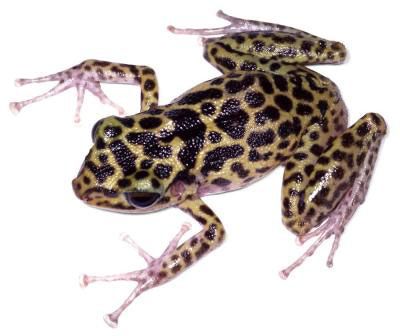
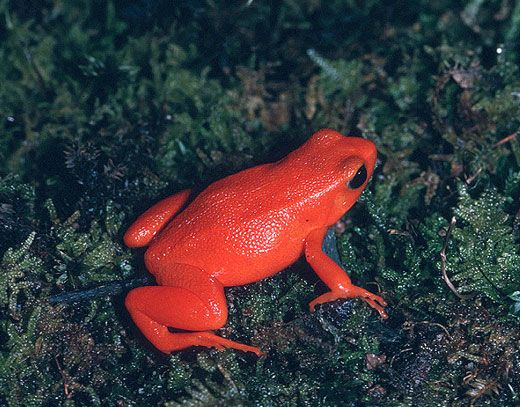
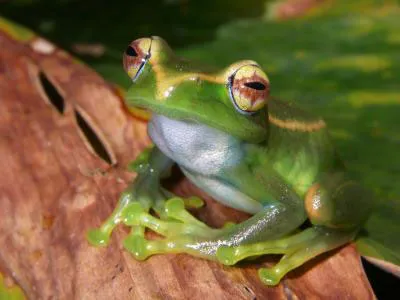
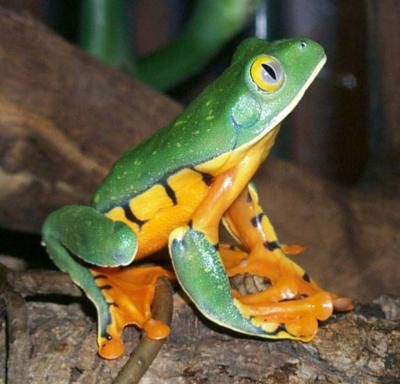
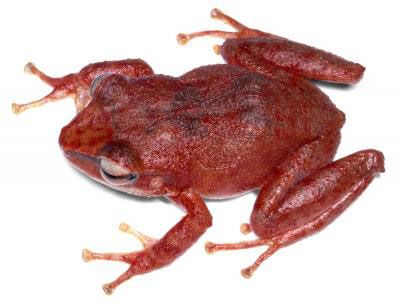
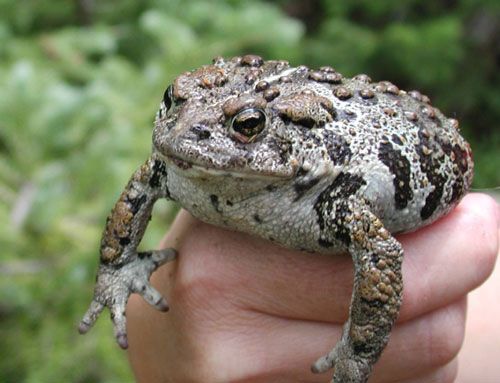
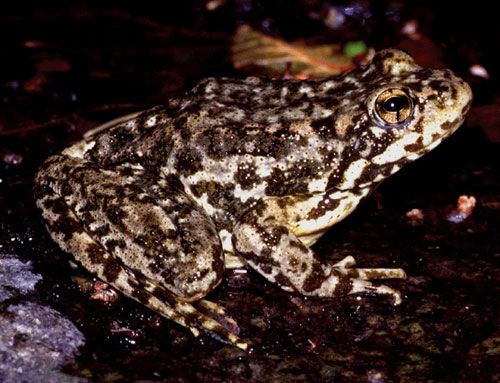
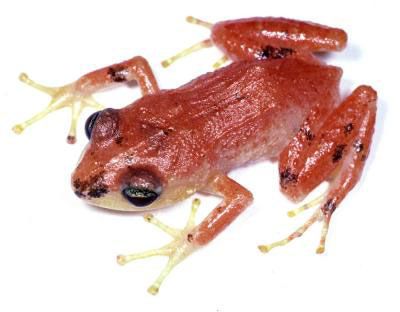
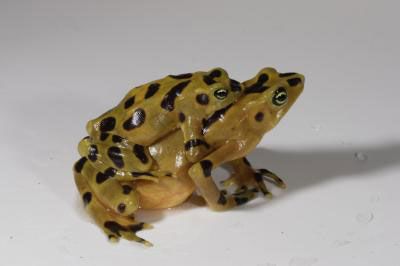
/https://tf-cmsv2-smithsonianmag-media.s3.amazonaws.com/accounts/headshot/megan.png)
/https://tf-cmsv2-smithsonianmag-media.s3.amazonaws.com/accounts/headshot/anika-gupta-240.jpg)
/https://tf-cmsv2-smithsonianmag-media.s3.amazonaws.com/accounts/headshot/laura-helmuth-240.jpg)
/https://tf-cmsv2-smithsonianmag-media.s3.amazonaws.com/accounts/headshot/tom-frail-head-shot.jpeg)